To determine site velocities and deformations from the raw GPS data we need to do some processing. FReDNet data are analyzed using the GAMIT/GLOBK software, a comprehensive GPS analysis package developed at MIT (Department of Earth, Atmospheric and Planetary Sciences) and Scripps Institution of Oceanography for the estimation of three-dimensional relative positions of ground stations and satellite orbits.
The software is designed to run under any UNIX operating system supporting X-Windows; thus far versions for Sun (OS/4 and Solaris 2), HP, IBM/RISC, DEC, and LINUX on Intel-based workstations have been implemented. The maximum number of stations and sessions allowed is determined by dimensions set at compile time and can be tailored to fit the requirements and capabilities of the analyst's computational environment.
Overview of GPS data processing:
| Program | Goal | Processing description | Estimated parameters |
|---|---|---|---|
| GAMIT | Computing loose constrained solutions (quasi-observations) | First, we estimate GPS station coordinates for each day of data in loosely constrained solutions (h-files). That means that we tightly constraint neither the coordinates of the tracking sites nor the GPS satellites orbits. In our solutions, the orbits of GPS satellites and station coordinates are not in a well-determined reference frame. Baseline lengths are determined very precisely in the loosely constrained solutions and the entire GPS network and GPS constellation can be rotated and translated as a rigid body. |
|
| GLOBK | Combining global and local quasi-observations | To use the coordinates derived from these solutions, we need to transform all the loosely constrained solution into a consistent reference frame so that we can derive rates of deformation from the time series of the stations' coordinates. The reference frame defines the origin, scale and orientation of our geodetic coordinates. A reference frame is realized through the coordinate and covariance of a number of reference stations. We include information about the reference stations of the adopted geodetic reference frame (usually the latest realization of the ITRF) by combining our loosely constrained solutions with the IGS global h-files from SOPAC. |
|
| GLORG | Defining the reference frame for deformation velocities | Finally, we apply the reference frame constraints and estimate the site velocities |
|


